August 14, 2020
What have we learned after five rounds of INFRA?
The Nationally Significant Freight and Highways Program (known first as FASTLANE and now as INFRA) is the law’s signature freight program, making $4.5 billion available over a five-year period for freight infrastructure projects through a competitive process. Of this, a combined total of $500 million was available to non-highway projects. The program’s goals included improving connectivity between modes and also the safety, efficiency and reliability of the movement of freight and people. In June, the U.S. Department of Transportation released its fifth and final round of awards under the FAST Act Authorization. (It is up to Congress to authorize future rounds).
With five years of INFRA experience under our belt, what have we learned?
First, money is falling short – woefully short. In the combined Fiscal Year 2017 & Fiscal Year 2018 round of awards, USDOT received $12 in unique requests for every $1 in available funding. In the Fiscal Year 2020 funding round, USDOT received 173 eligible applications, requesting $7.4 billion in funding – USDOT made 20 awards totaling $906 million.
These applicants aren’t coming to Washington empty-handed. Statutorily, INFRA funds can only be used for 60 percent of total project costs, but research shows for every $1 invested through a federal competitive grant program, an additional $3.50 is invested in the project, leveraged through other sources, including private funds. Competitive grant programs, like INFRA, act as an economic multiplier for the Federal dollar and yield substantial investment – but INFRA funding needs to be significantly increased in order to realize the full benefit.
The dollars available for multimodal and intermodal freight projects are also falling short. A cap of $500 million over five years fails to recognize the interconnected nature of freight movement. States and localities need the flexibility to invest in their most pressing freight needs, regardless of mode.
Second, the decision-making process lacks transparency. In soliciting applications for INFRA awards, USDOT publishes a notice of funding opportunity that contains a number of statutory requirements for consideration (Congress established these requirements through the FAST Act) as well as merit criteria. Merit criteria have included considering the extent to which the applicant leverages non-federal contributions and whether the project is consistent with the Trump Administration ROUTES Initiative, which guides funding to projects serving rural America.
A 2019 U.S. Government Accountability Office report to Congress found that in the Fiscal Year 2017 & Fiscal Year 2018 combined funding round, the Secretary of Transportation received all 165 statutorily eligible projects for award consideration, regardless of how they scored on the merit criteria. Moreover, GAO found that some of the successful projects did not address all of the criteria. Several applicants interviewed by GAO were uncertain how USDOT selected successful projects. Despite GAO having previously recommended that USDOT document its decision making, GAO again found USDOT’s documentation does not provide insight into why projects were selected for awards.
In its report, GAO recommended that USDOT provide information to applicants on how, if at all, USDOT uses merit criteria scores to advance projects and also recommended that Congress, through the next surface transportation authorization, direct USDOT to develop and implement transparency measures. Both the House of Representatives and Senate heeded this recommendation in their surface transportation authorization proposals, the Moving Forward Act and America’s Transportation Infrastructure Act, respectively.
Third, future rounds must prioritize significant freight infrastructure projects. The INFRA program must prioritize the economic needs of our country in the near term and for generations to come by making investment decisions that optimize freight mobility, especially at locations of national significance, unconstrained by mode or political jurisdiction. Noticeably absent from previous award rounds have been several significant freight gateways and trade corridors.
Take these thoughts as they are intended: lessons for the future. The competitive grant award process is relatively new for USDOT (remember earmarking?) and like all new processes, growing pains were inevitable.
This brings me to the fourth and final lesson: INFRA has funded significant intermodal projects. Chicago’s CREATE program, the Howard Street Tunnel Project in Maryland, the Seattle region’s Puget Sound Gateway Program, to name a few, have all received funding under this program that will result in improved intermodal freight throughput. The INFRA program is coming out of its infancy with promise for the future.
Add new comment
2026 PARTNERS
A special thank you to our premium level partners for your continued support.





.png)
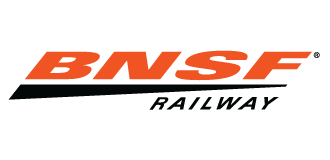
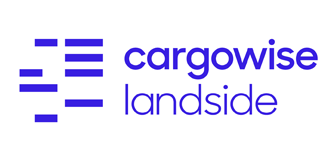

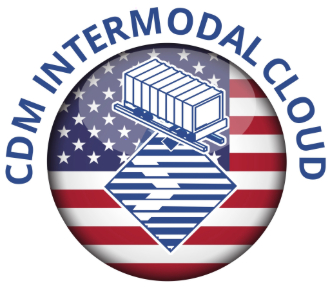


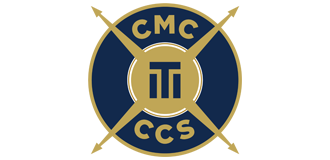




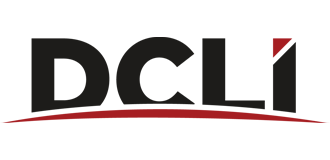
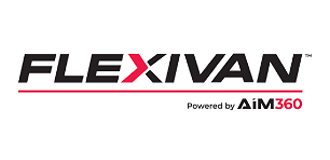





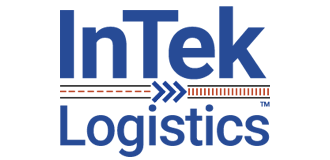
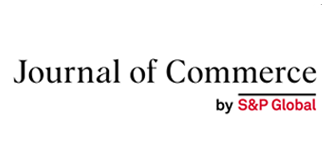


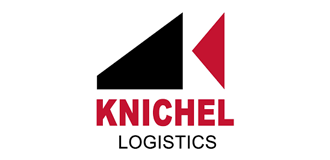

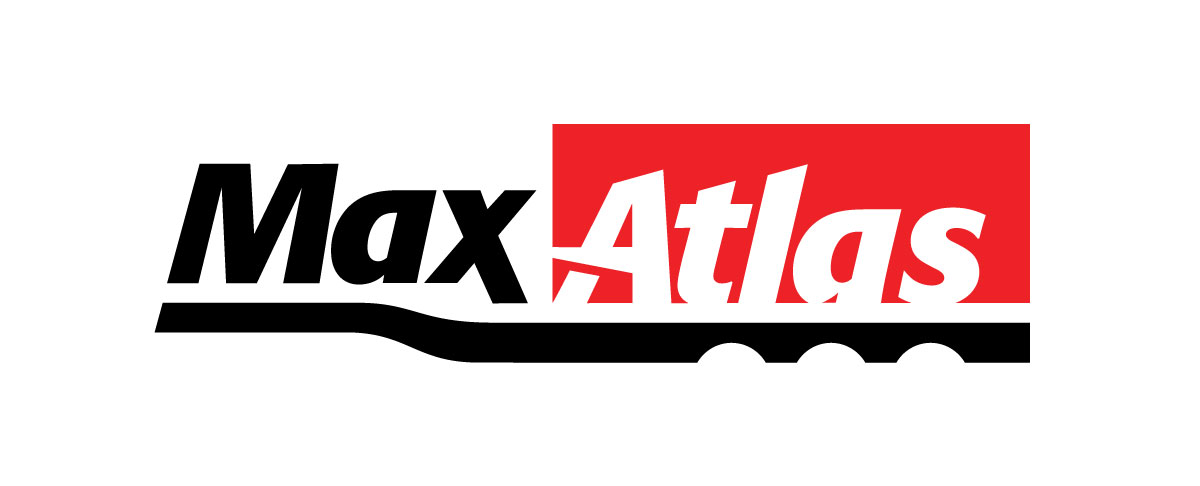

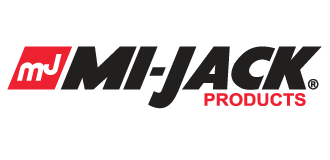
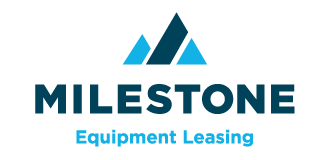
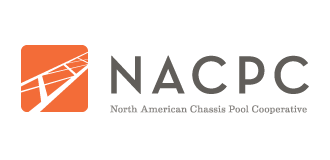
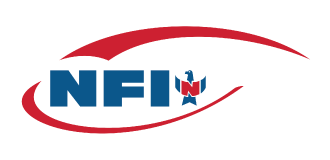
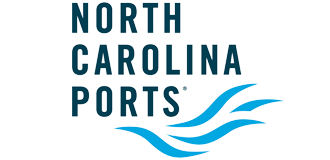




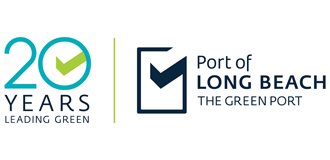

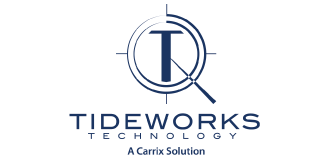

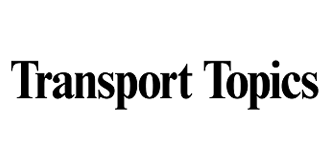
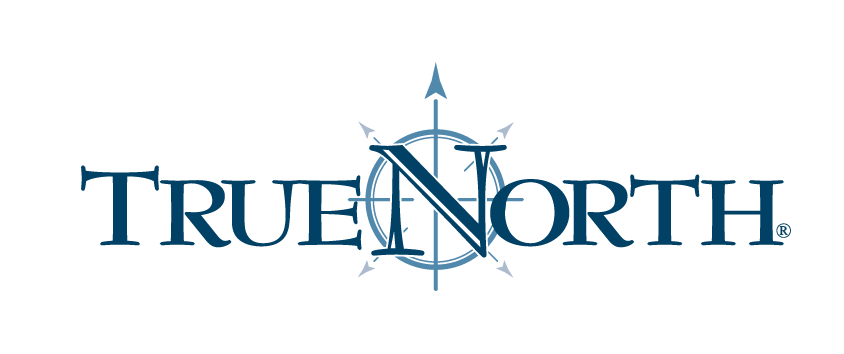

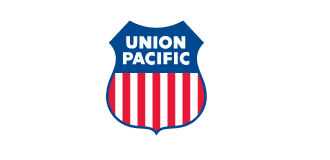
Comments